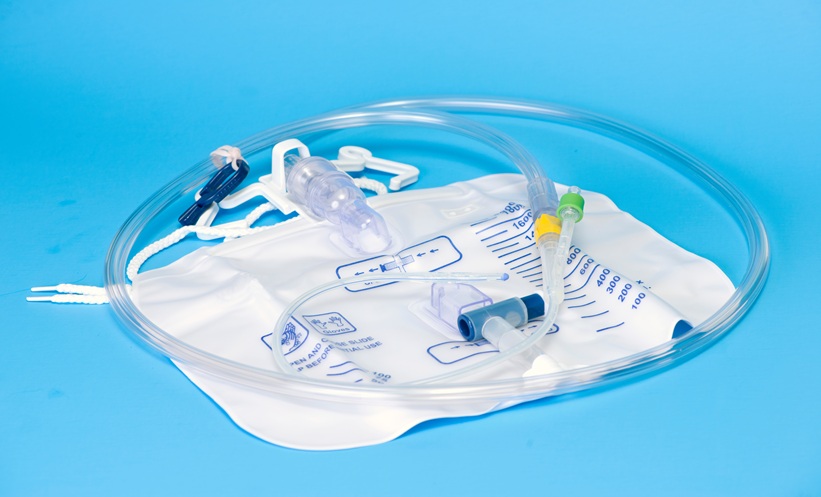This poster presentation, which was named Best Poster in Session, was presented at the European Association of Urology (EAU) meeting in Copenhagen, Denmark on Monday 19th March 2018 in the context of a number of discussions throughout the conference regarding the utility of biomarkers as an aid to or replacement for cystoscopy in some patient types.
EAU guidelines state that cystoscopy represents an important step in the diagnosis and management of bladder cancer. However, poor visualisation caused by inflammatory conditions or bleeding, and/or the presence of flat urothelial lesions, can lead to up to 30% of tumours being missed. Cytology is often used as an aid to cystoscopy but, given that cytology sensitivity for low grade tumours is very poor, there is an unmet need for a nonsubjective method of detecting the presence of cancer. Urinary biomarker tests are a good candidate method for overcoming these issues. While numerous urine markers have been developed, none have been recommended for primary detection of bladder cancer to date, despite evidence suggesting that cystoscopy detection rates for urothelial carcinoma were significantly higher in cases where urologists were aware of a positive urine test result, compared to when they were not (p<0.001).1
This poster presentation summarised a performance evaluation of the use of ADXBLADDER, a new, simple, and rapid sandwich enzyme-linked immunosorbent assay (ELISA) test, for its use in the diagnosis of bladder cancer. ADXBLADDER is based on the biological principle that in order for cells to divide they must replicate their DNA accurately. This requires regulation, involving the DNA licensing system of which the MCM5 protein is a key member. Usually, MCM5-positive cells are confined to the basal stem cell compartment of the bladder and are not seen at the surface of the epithelium. In cancer, differentiation is arrested; MCM5-positive cells are found at the surface of the epithelium where they are exfoliated into the urine and can be measured with the ADXBLADDER test. The objective of this study was to evaluate the performance of ADXBLADDER in the diagnosis of bladder cancer.
The study was a multicentric trial carried out at six UK sites. Full void urine samples were collected from patients attending the urology clinic with haematuria (both microscopic and macroscopic). The ADXBLADDER test was performed on the collected urine and the results compared with those of the standard haematuria pathway investigations.
In total, 577 patients were included in the study, with an 8% prevalence of bladder cancer. The overall sensitivity and specificity were 76% and 69%, respectively, which contributed to a negative predictive value of 97%. On closer examination, the combined sensitivity of the muscle invasive and high risk non-muscle invasive bladder cancers was found to be 95%. A subset analysis of the available cytology data compared to ADXBLADDER (consisting of 10 bladder cancer patients) showed positivity in 2 out of 10 samples for cytology and 8 out of 10 for ADXBLADDER.
The study concluded that ADXBLADDER is a simple, rapid, and reliable test and showed that the ADXBLADDER test can be used in the detection of bladder cancer and could replace urine cytology.
The discussion following the presentation of this study centred around the observation that the previous biomarkers available, such as NMP22, were affected by visible haematuria, inflammation, and infection; however, as ADXBLADDER detects a marker of proliferating cells, it is unaffected by these conditions.








